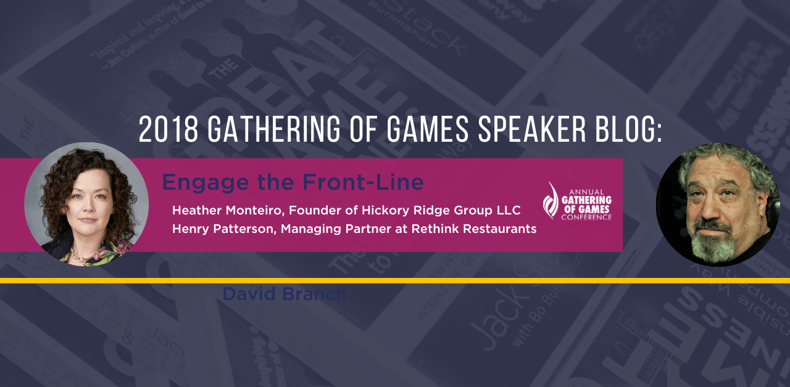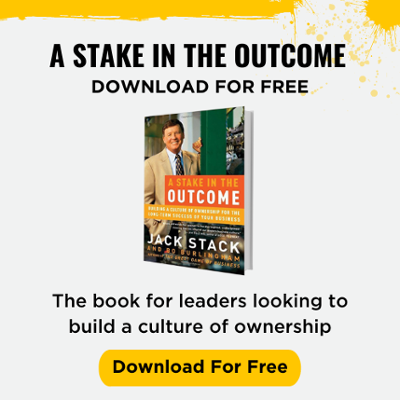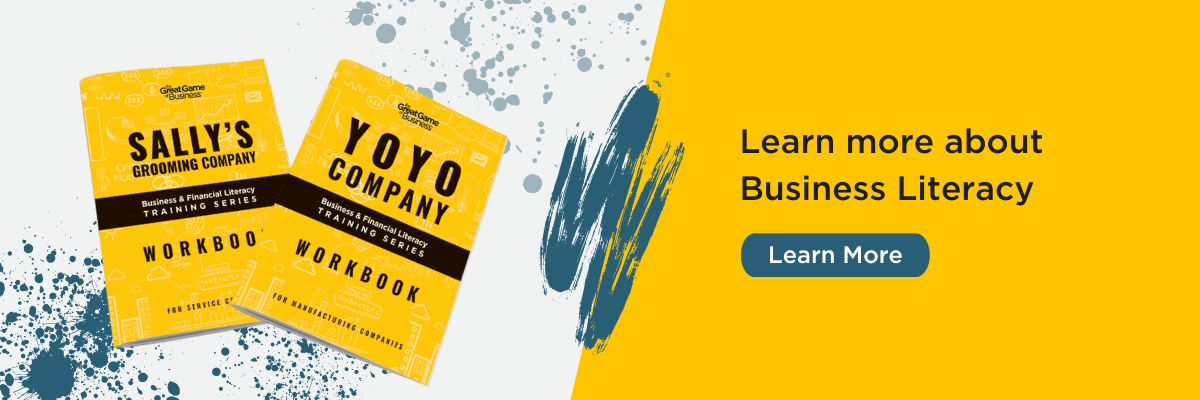
Front-line employees often see obvious ways to affect Critical Numbers, but we want them invested beyond the obvious and think like owners. We teach the employees at our restaurants to use MiniGames™ to improve aspects of performance that would not otherwise receive focus.
Example: At the Wu Tang Restaurant, hosts must tell arriving guests their expected wait time, the accuracy of which is very important to the visitor. In an effort to improve their estimates, the hosts decided to create an accuracy MiniGame. Once they started playing, they got much more interested in surveying the dining rooms and conferring with managers, servers and bussers before telling customers their expected wait time - data collection that did not occur to them previously.
Dr. Heather Monteiro has sharpened our thinking about front-line employee engagement. In her book Make Every Employee an Analyst, Dr. Monteiro emphasizes the importance of:
- Having the front-line employees invent their metrics themselves
- Requiring the metrics be ones the staff can track for themselves

Game-changing metrics can come out of their practical experience in the trenches. Their direct knowledge of the customer interface gives them a perspective that is sometimes lacking at the executive level. When encouraged and guided to create their own metrics, front-line employees feel trusted, appreciated and acknowledged.
The best metrics are ones that can be measured by the staff in real time, while they work. The immediacy of the feedback is the key to their engagement.
Challenge: Bring a group of front-line staff together for an hour in a good environment for brainstorming. The attitude should be one of discovery and appreciation for each person’s input. Some questions to consider include:
- What keeps us in business? What is success in our business?
- What exactly do we do that contributes to that success?
- Which of these job functions are controllable?
- Which of these job functions can we improve?
Don’t try to do too much at once. After brainstorming, focus on ONE metric. Can the employees influence or control the metric, and can they learn to improve? We find this is most effective if the brainstorming team includes a mix of older and newer employees and the team has some leeway to coach each other.
Here's another example from our restaurant practice:
The Wu Tang bussers are trained to swarm upon a newly vacated table like a NASCAR pit crew. They take pride in this work and understand its importance for maximizing service and revenue.
What they find less obvious is how to be useful at other moments. They know to bring clean dishes and glassware back out to various stations, fill water pitchers, etc., but this still leaves time when, seemingly, they have nothing to do.
In a recent brainstorming session, bussers suggested they be allowed to pre-bus, ie. remove unwanted plates or glassware from active tables. This is not permitted at the Wu Tang, where servers prefer to have exclusive control of their tables and managers worry about lapses of judgment on the part of young bussers.
A solution emerged: Servers can pre-bus and bussers can take a hand-off, saving the servers from leaving the floor to dispose of the pre-bussed items. It’s a new metric: How many handoffs can you take in a night?
The manager armed the bussers with pocket counters, to be clicked each time a handoff was taken. On the first night, an excited busser proclaimed, “I took 32 handoffs – can you believe it?” The servers love the support, the bussers are newly engaged and in-league with the servers, and the eventual clearing of vacated tables is accelerated. Game On!
Other Articles You Might Like:
.png)







.png)




-5.png)
.png)
